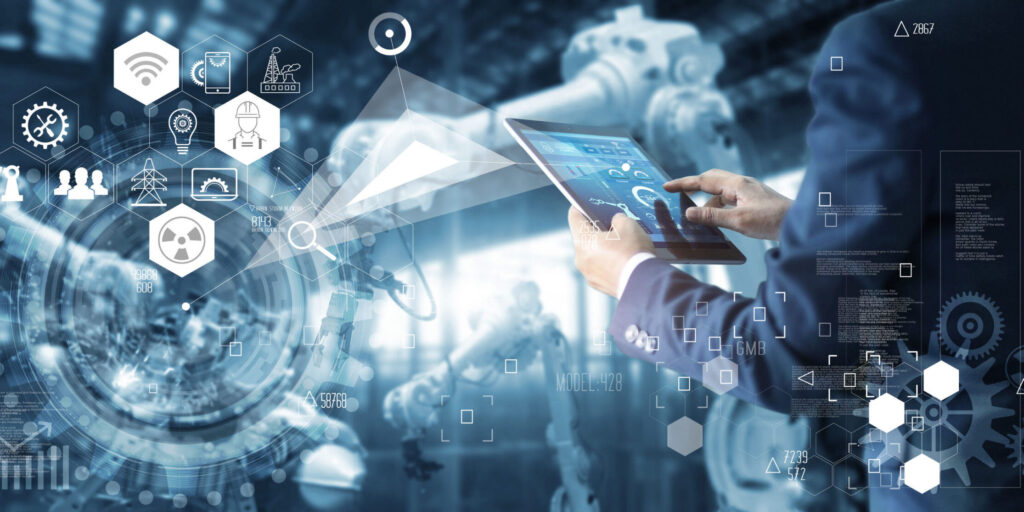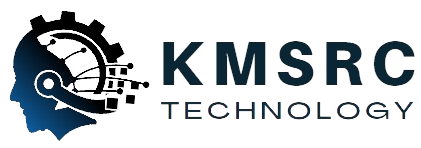Transportation systems play a vital role in modern society, facilitating the movement of people and goods across cities, countries, and continents. With the rapid advancement of technology, real-time monitoring systems have emerged as powerful tools for enhancing the efficiency and safety of transportation networks. By providing continuous, up-to-date information on various aspects of the transportation infrastructure, real-time monitoring systems enable authorities to make informed decisions, optimize operations, and respond promptly to incidents and emergencies. In this article, we explore the importance of real-time monitoring in transportation systems, its key benefits, and some notable examples of its application across different modes of transportation.
The Role of Real-Time Monitoring in Transportation Systems

Real-time monitoring involves the collection, analysis, and dissemination of data from various sensors, cameras, and other monitoring devices deployed throughout transportation infrastructure. These systems continuously monitor key parameters such as traffic flow, vehicle speeds, weather conditions, and infrastructure status, providing transportation authorities with valuable insights into the performance and safety of the network. The data collected through real-time monitoring systems enables authorities to:
1. Enhance Safety
Real-time monitoring systems play a crucial role in enhancing safety on roads, railways, waterways, and air routes. By detecting and alerting authorities to potential hazards such as accidents, adverse weather conditions, or infrastructure failures, these systems help prevent accidents, reduce response times, and minimize the impact of emergencies on travelers and cargo.
2. Optimize Operations
By providing real-time data on traffic flow, congestion levels, and demand patterns, monitoring systems enable transportation authorities to optimize the operation of transportation networks. This includes adjusting traffic signal timings, rerouting vehicles, and deploying resources more effectively to alleviate congestion, reduce travel times, and improve overall system efficiency.
3. Improve Planning and Decision-Making
The data collected through real-time monitoring systems provides transportation planners and policymakers with valuable insights into travel patterns, demand trends, and infrastructure performance. This information enables informed decision-making regarding infrastructure investments, capacity expansions, and policy interventions to address current and future transportation challenges.
4. Enhance Customer Experience
Real-time monitoring systems empower travelers with access to accurate, timely information about transportation services, schedules, and conditions. This enables travelers to make informed decisions about their journeys, plan routes more efficiently, and avoid delays, ultimately enhancing the overall customer experience and satisfaction with the transportation system.
Key Components of Real-Time Monitoring Systems

Real-time monitoring systems typically consist of the following key components:
- Sensors and Monitoring Devices: These include cameras, radar detectors, loop detectors, weather stations, and other sensor technologies deployed throughout the transportation infrastructure to collect data on traffic flow, vehicle movements, weather conditions, and infrastructure status.
- Data Collection and Processing: Data collected from sensors and monitoring devices are transmitted to centralized data centers or control rooms, where they are processed, analyzed, and stored in real-time. Advanced data analytics algorithms are used to extract actionable insights from raw data and identify patterns, trends, and anomalies.
- Communication Networks: Real-time monitoring systems rely on robust communication networks such as fiber optics, wireless networks, and satellite links to transmit data between monitoring devices, data centers, and end-users. High-speed, low-latency communication is essential for ensuring timely and reliable data transmission.
- Visualization and Decision Support Tools: The insights derived from real-time monitoring data are presented to transportation authorities, operators, and travelers through intuitive visualization tools, dashboards, and decision support systems. These tools enable stakeholders to interpret data effectively, make informed decisions, and take appropriate actions in response to changing conditions.
Applications of Real-Time Monitoring in Transportation
Real-time monitoring systems find applications across various modes of transportation, including:
1. Road Transportation

In road transportation, real-time monitoring systems are used to monitor traffic flow, detect incidents such as accidents or congestion, and manage traffic signals and lane configurations to optimize traffic flow and reduce congestion. Intelligent Transportation Systems (ITS) leverage real-time data to provide travelers with information on route options, travel times, and alternative modes of transportation.
2. Rail Transportation
Rail transportation systems utilize real-time monitoring for train tracking, signaling, and dispatching operations. Real-time data on train positions, speeds, and track conditions enable rail operators to optimize train schedules, ensure safe operations, and respond promptly to incidents or disruptions on the network.
3. Maritime Transportation
Real-time monitoring systems are essential for maritime transportation, providing vessel tracking, weather monitoring, and navigation assistance services to ships and port authorities. These systems enhance safety at sea, improve vessel traffic management, and facilitate efficient port operations by providing real-time information on vessel movements, weather conditions, and navigational hazards.
4. Aviation Transportation
In aviation transportation, real-time monitoring systems are used for air traffic management, weather monitoring, and airport operations. Air traffic control systems leverage real-time data on aircraft positions, flight paths, and weather conditions to ensure safe and efficient air traffic flow, optimize airspace utilization, and minimize delays.
City X, a rapidly growing metropolitan area, implemented a real-time traffic management system to address congestion and improve traffic flow on its road network. The system consists of a network of traffic cameras, sensors, and data analytics tools deployed throughout the city. By analyzing real-time data on traffic volumes, speeds, and congestion levels, transportation authorities in City X are able to:
- Detect traffic incidents and congestion in real-time.
- Adjust traffic signal timings and lane configurations to optimize traffic flow.
- Provide travelers with real-time information on traffic conditions, alternative routes
